Ancient Tombs in Gyo-dong and Songhyeon-dong, Changnyeong (창녕 교동과 송현동 고분군)
.0M 23062 2023-06-27
34, Changmil-ro, Changnyeong-gun, Gyeongsangnam-do
+82-55-530-1471
Songhyeon-dong Ancient Tombs, located under Mokmasanseong Fortress at the west foot of Hwawangsan Mountain, are large ancient tombs located in the southwest by the road leading to Hyeonpung. The Gyo-dong Ancient Tombs are dozens of ancient tombs that were once gathered around a large royal tomb, which among only eight tombs with damaged mounds now remain. Some of these ancient tombs were excavated by the Japanese between 1918 and 1919, and most of the relics were moved to Japan, and only some of them remain in Korea. According to the results of the investigation at the time, the large tombs were either built in a passageway form or an entry gate form.
It is said that a large number of relics such as jewelry made of various precious metals, including gold crowns, pure gold transplants, and copper, iron armour, and earthenware were excavated. The excavation report left by the Japanese is simple, so it is not possible to accurately grasp the structure of the Gyo-dong Ancient Tombs and the excavated relics. Twenty-one of the existing tombs have been restored so far, and only one of them has an accessible entrance.
The tombs in Songhyeon-dong are largely divided into two areas. Area 1 used to be large tombs with 80 tombs west of the foot of Mokmasan Mountain, but now only about 16 tombs remain. It is said that there were about 20 tombs in the second area near the stone Buddha in Songhyeon-dong, but now most of them have turned into rice paddies, and only a few tombs reveal their original appearance. Since the tombs are close to the Gyo-dong tombs, the structure of the tomb and the nature of the relics are believed to be almost the same. Along with the Gyo-dong tombs, a large number of relics were excavated in 1918, but the whereabouts of some of the relics are unknown.
Upo Wetland Eco Center (우포늪생태관)
7.7Km 12672 2021-08-23
220, Uponeup-gil, Changnyeong-gun, Gyeongsangnam-do
+82-2-1330
Upo Wetland Eco Center is a wetland education center at the largest wetland in Korea. The center collects data and conducts research on various wild wetland animals such as birds, fish, mammals, amphibians, and reptiles, and displays these to the public as well as promotes the message that humans are also part of nature and educates visitors on how humans can live in harmony with nature.
To help visitors learn more about the ecological environment, the center consists of various galleries: Understanding Upo Wetland, the Four Seasons of Upo Wetland, Living Upo Wetland, Families of Upo Wetland, and Understanding the Ecological Environment. Each gallery exhibits dynamic models and videos, as well as hands-on interactive programs.
Changnyeong Upo Wetland (창녕 우포늪)
7.9Km 40894 2023-02-13
220, Uponeup-gil, Changnyeong-gun, Gyeongsangnam-do
+82-55-530-1533
Upo Wetland is the largest natural wetland in Korea. The wetland takes up three different areas of Changnyeong-gun with a total size of 2,314,060 square meters. Created approximately 140 million years ago, the wetland was formed when the soft ground collapsed and water filled the area to form swamps and lakes, where dinosaurs played. Dinosaur footprints can be found at Sejin-ri near Upo Wetland.
Mannyeongyo Bridge (만년교)
10.5Km 0 2023-06-27
42, Wondari-gil, Changnyeong-gun, Gyeongsangnam-do
+82-55-530-1471
Mannyeongyo Bridge in Yeongsan, Changnyeong is an arch-shaped stone bridge over the village creek. Because the creek flows from the south of the mountain, the bridge is also known as Namcheongyo Bridge. Natural rocks found on the sides of the creek are used as stone flooring, and well-polished granite stones are stacked on top of the rocks in the shape of an arch. The top of the bridge is layered with round natural stones and covered with soil as a pathway for people crossing the bridge. The road surface curves and stretches on both ends, making the atmosphere of the bridge more cozy. It was first built in the 4th year of King Jeongjo of the Joseon dynasty (1780) and rebuilt in the 29th year of King Gojong (1892). It is said that the bridge is still strong enough for villagers to pass, and flood-proof. (Source: Cultural Heritage Administration)
Santokki Park (산토끼 노래동산)
11.1Km 0 2023-06-27
623 , Ibang-ro, Changnyeong-gun, Gyeongsangnam-do
+82-0507-1352-1401
Santokki Park is a recreational space located behind Ibang Elementary School in Changnyeong-gun. The park was inspired by the children's song "Santokki," meaning mountain rabbit, composed and written by Lee Il-lae who was a staff at Ibang Elementary School. The park comprises a variety of things to do and see related to rabbits, including a rabbit village, rabbit cave, and rabbit feeding experience. There are also spaces dedicated to Lee Il-lae, his work, and small animals. The park is kids-friendly with recreational places where children can freely run around as well as other amenities that help visitors rest and relax.
Bugok Royal Hotel (부곡 로얄관광호텔)
13.7Km 8808 2019-07-31
3, Oncheonjungang-ro, Bugok-myeon, Changnyeong-gun, Gyeongsangnam-do
Bugok Royal Hotel is located in Changnyeong-gun, Gyeongsangnam-do. The hotel is popular for its sulfur spring and convenient amenities offered at a reasonable cost.
Hwawangsan Spa Hotel (화왕산스파호텔 (구, 가든 관광호텔))
13.7Km 4589 2021-02-06
3, Oncheon 1-gil, Changnyeong-gun, Gyeongsangnam-do
+82-55-536-5771
Hwawangsan Spa Hotel is 30 minutes away from Miryang Station by car. It houses a sauna, serminar room, and kids land as subsidiary facilities.
Lake Hills Golftel Bugok (레이크힐스 골프텔 부곡)
13.9Km 6777 2019-02-08
41, Oncheon 2(i)-gil, Bugok-myeon, Changnyeong-gun, Gyeongsangnam-do
+82-55-536-5181
Lake Hills Golftel Bugok is a premium hotel that offers sulfuric hot springs maintained at 78℃. In addition, the hotel features Hwangto (red clay), Maekbanseok (elvan), Seubsik water sauna and an outdoor bath. The hotel features 40 Western-style and 46 Korean-style guestrooms, as well as restaurants serving a variety of dishes, a cocktail bar, a fitness center and convention facilities. Guests may also hike in the nearby Hwawangsan Mountain National Park, or visit other tourist sites such as Upo Swamp, famous for a seasonal bird migration, Yeongsanhoguk Park, Manokjeong Park and ice caverns.
Bugok Hot Springs Special Tourist Zone (부곡온천 관광특구)
13.9Km 11223 2024-02-27
77 Oncheonjungang-ro, Bugok-myeon, Changnyeong-gun, Gyeongsangnam-do
Bugok, named after its cast-iron pot-like terrain, boasts the hottest spring in Korea with a temperature of 78°C. It features various attractions such as Hanol Park and fountain park for performances, a refreshing trail, golf courses, and foot baths. Bugok Hot Springs is believed to be effective for arthritis, skin diseases, and fatigue recovery. Nearby attractions include Uponeup Marsh, Hwawangsan Mountain, and the Gaya Tombs.
Twelve Tablet Pavilion of Hyeonpung Gwak Clan (현풍곽씨십이정려각)
15.0Km 8133 2020-04-14
3, Jidong-gil, Dalseong-gun, Daegu
+82-53-668-3162
Designated as Daegu’s Cultural Property No. 29 on May 12, 1995, Twelve Tablet Pavilion of Hyeonpung Gwak Clan (Jongnyeo-gak of the Hyeonpung Lineage of the Kwak Clan) was built in the mid-Joseon period during King Yeongjo's rule. The pavilion houses 12 Jeongnyeo-gak tablets awarded to the members of the Gwak Clan from the time of King Seonjo in 1598 to the time of King Yeongjo.
It is an important and unique hertiage because the Gwak Clan attained their 12 Jeongnyeo-gak tablats all in one village, which is quite uncommon. During the Joseon dynasty, Jeongnyeo-gak tablets were awarded to honor loyal retainers, devoted sons, and exemplary husbands and wives.
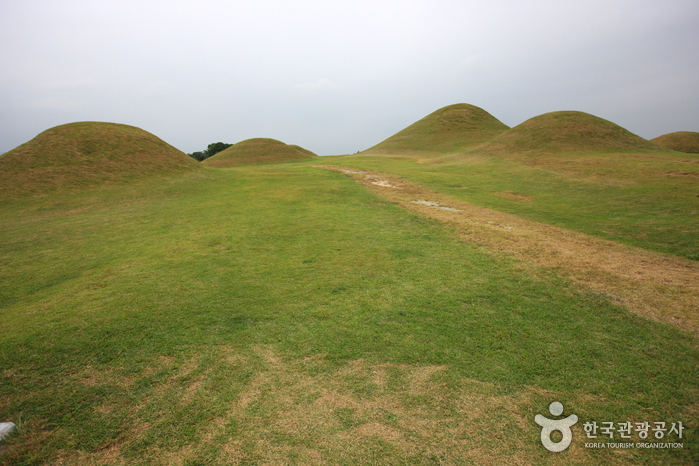
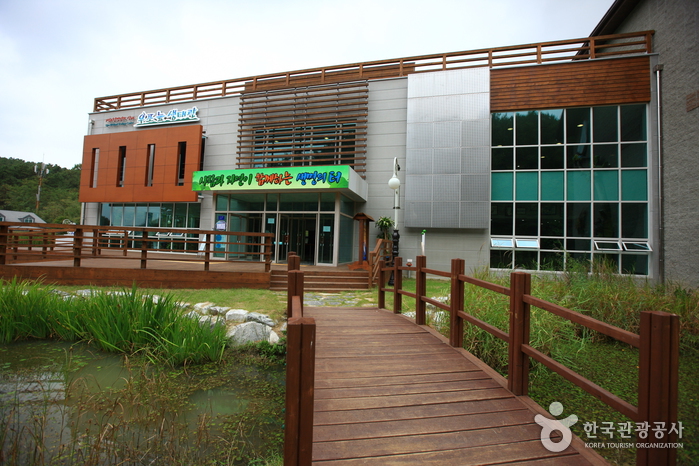
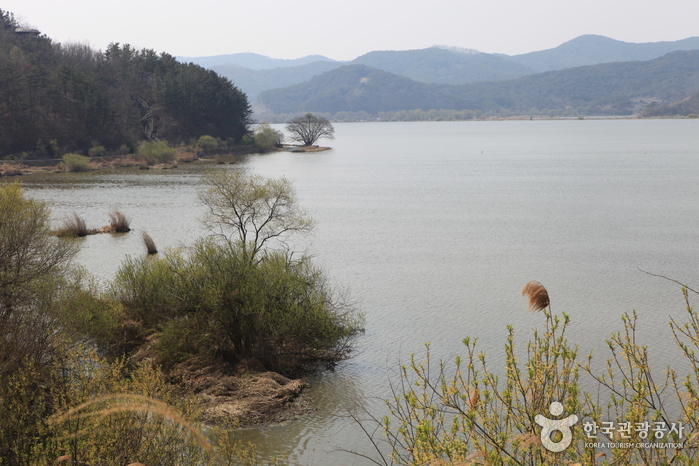

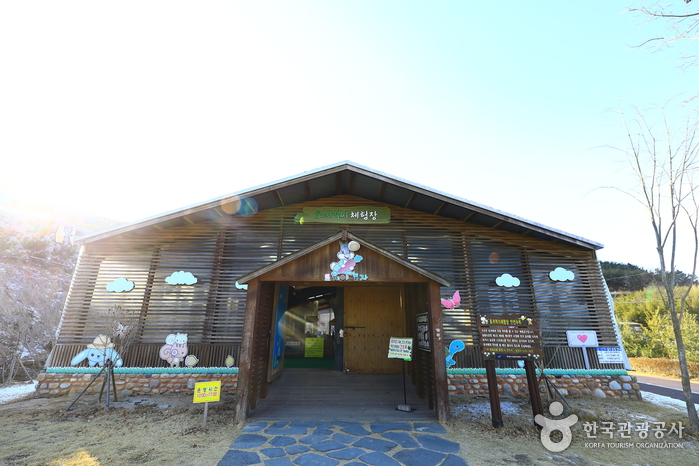
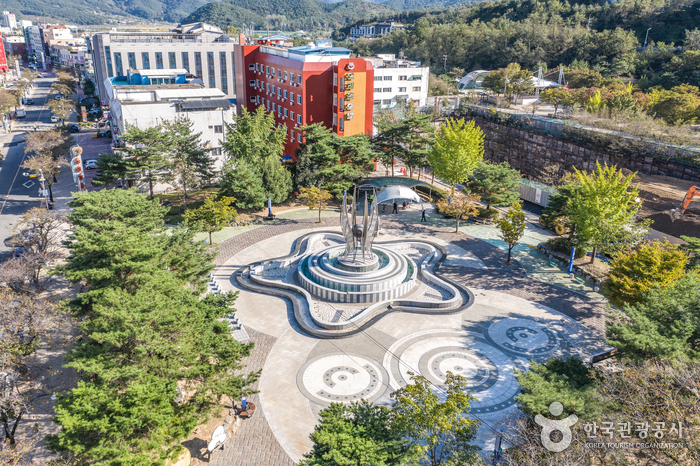
 English
English
 한국어
한국어 日本語
日本語 中文(简体)
中文(简体) Deutsch
Deutsch Français
Français Español
Español Русский
Русский